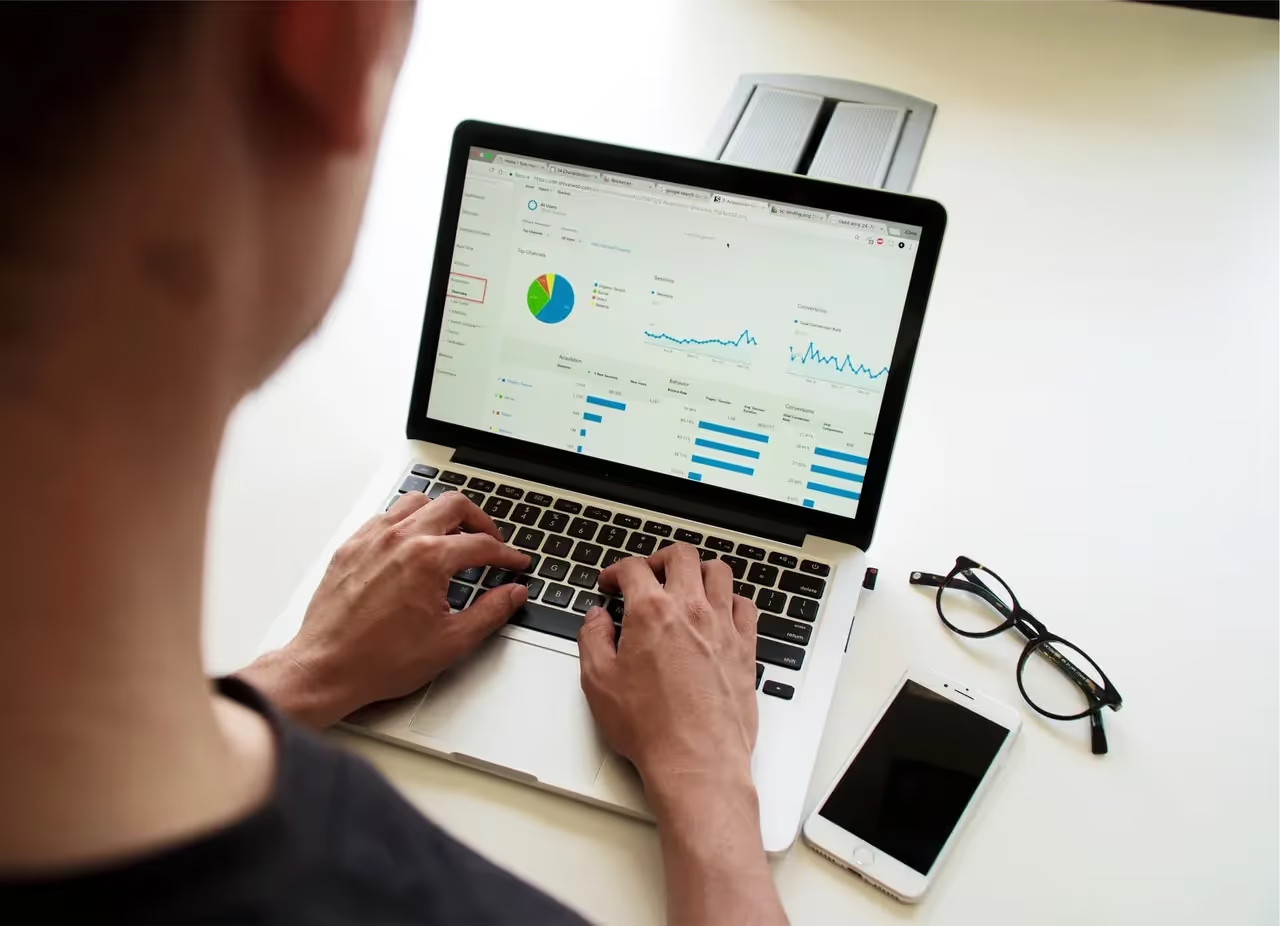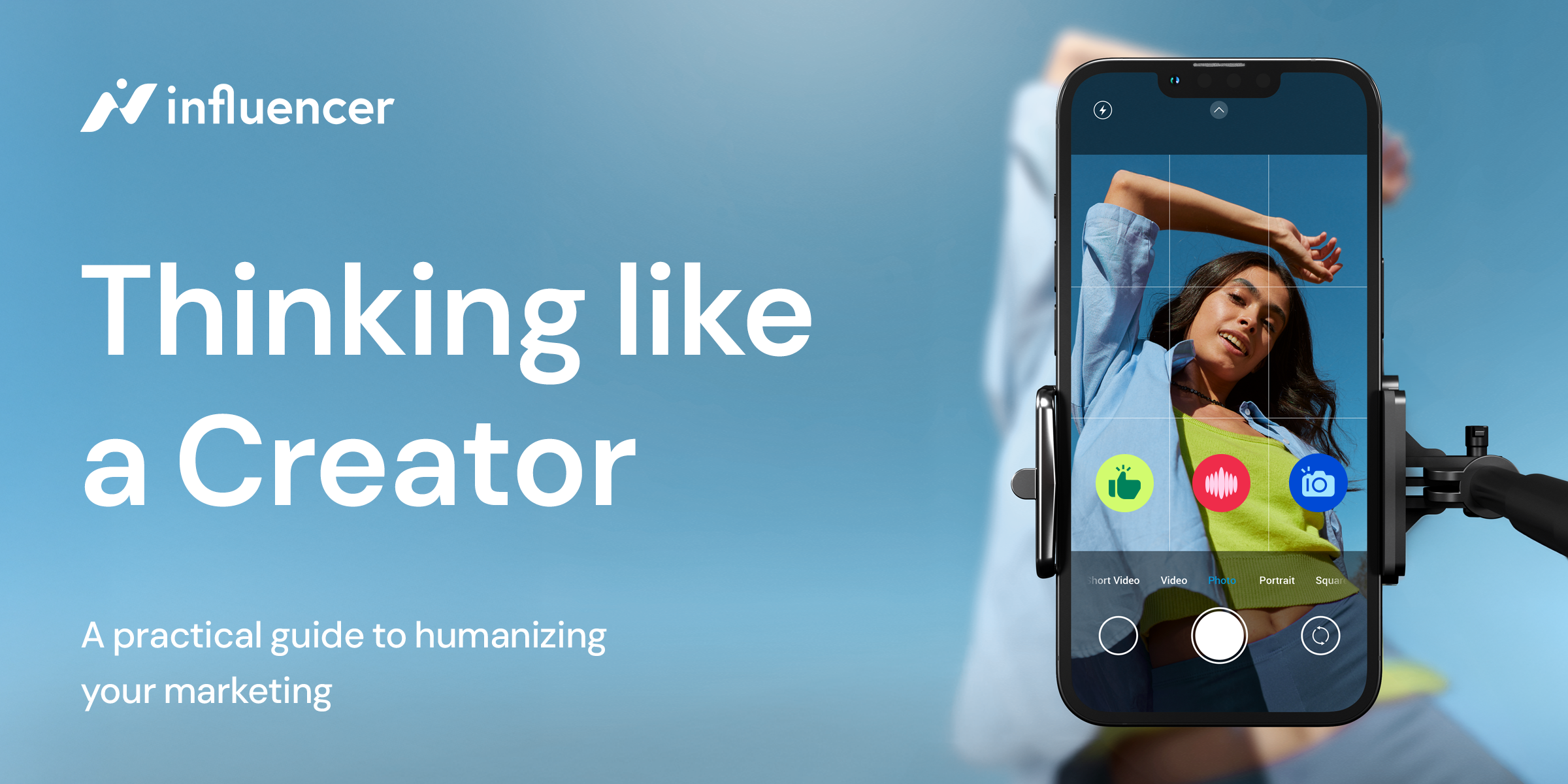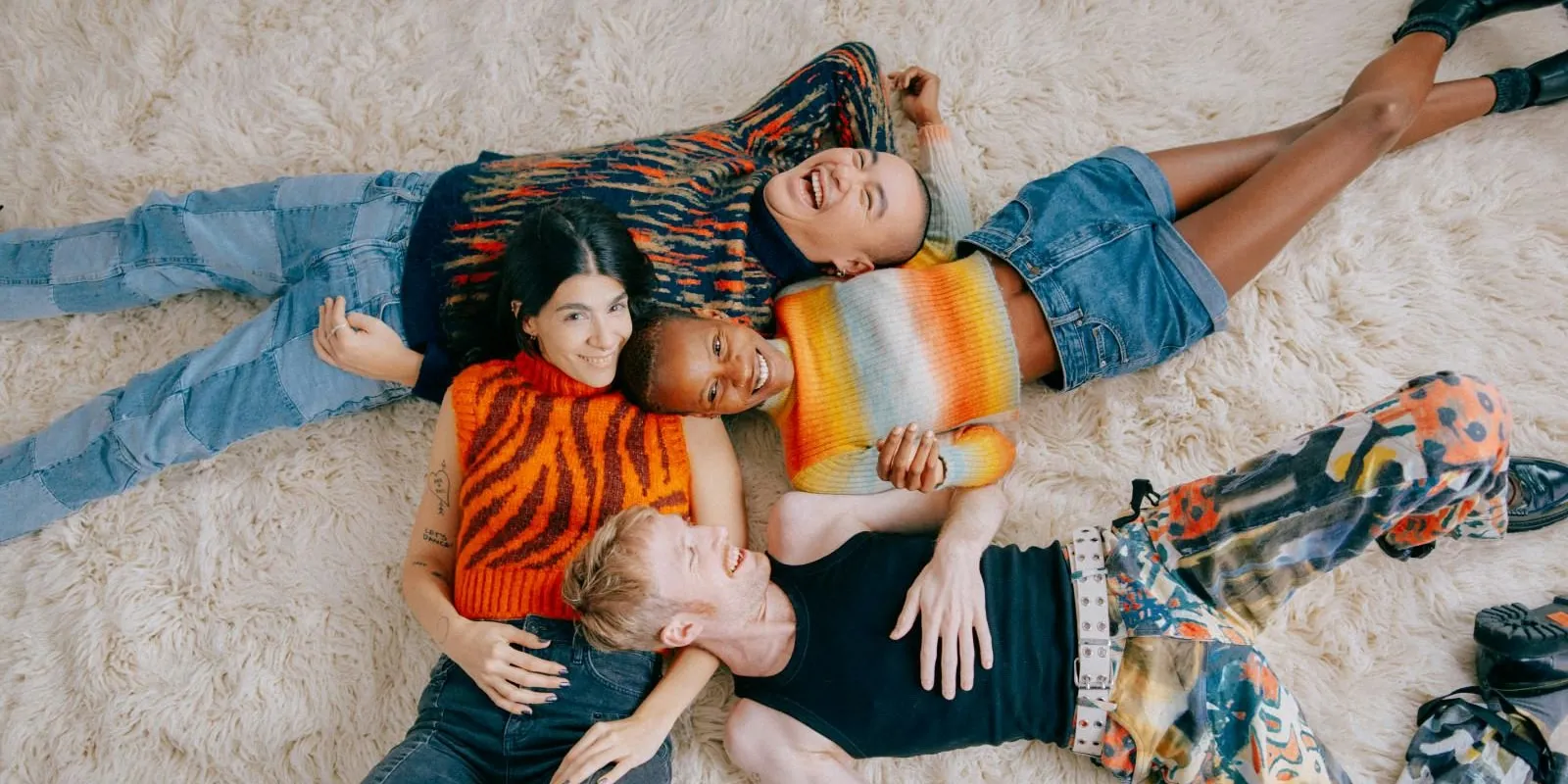
For a first article in about two years, you would have thought I might have gone for a topic that’s a little more punchy; maybe something Covid-19 related, lockdown focused, or something else that screams for a click. But, no; instead, this Harry Potter style headline will have to do the job of reeling the readers in.
Anyway, after two years out, let’s dive straight back in...
We all know that organic content performance is variable, right? Every creator complains that the algorithm is out to get them, smashing their views from thousands last year to hundreds today. And, it’s true. Performance can go up and performance can go down - leaving creators, campaign managers, and brand execs. alike, sweating away like an investor on Black Friday, once they hit the post button and the stats start to trickle in.
It’s an annoying reality in influencer marketing and organic content marketing in general - and, no matter how much an agency, platform, or other will tell you that they know exactly who delivers what performance, how, when, and why; a good deal of this game involves crossing your fingers, crushing your toes, and hoping it all works out just fine.
Okay, I might be exaggerating a little there; some of us cooler heads know what to expect from a piece of content and a campaign (if we do say so ourselves). We’re generally on the money when it comes to predicting performance, as we have three things going for us:
- a heap of past performance data
- multiple influencers spread across a campaign, like so many horses in a race, neatly spreading the risk
- a solid bit of experience that helps us read the leaves at the bottom of the cup
This allows us to (somewhat) accurately forecast the future, particularly if that future is set to publish on Instagram - possibly the most stable of all the social networks when it comes to performance.
Highest highs and lowest lows
At the other end of that scale, though; step forward YouTube and TikTok. Wow, do these platforms fluctuate between the extremes. Heady highs one minute, frightening lows the next. Those fingers, tightly gripping the armchair as the campaign progresses.
The danger here is that the variance is hard to counter by simply adding more creators into the mix. Throwing more fuel on the fire only increases the risk that you’ll get burned, especially with YouTube campaigns that involve a small number of large creators.
Of course, you could just take it all on the chin, swallow the loss, and hope for better results in the future; but, if we’re honest, that’s not the best way of doing business and - besides - we all know that the iron-fisted finance directors out there, who only see the world in a Matrix-like string of numbers, won’t care how good looking the content was, if the performance was poor.
So, what can you do?
Be ultra-conservative with your forecast? Sure, give it a try, but it’s unlikely that the iron-fist will be signing off a campaign plan of low performance figures at high prices.
Work with creators who deliver the smallest variance possible? Yeah, good luck finding those. They do exist, certainly, but there aren’t enough of them out there - and there’s still a risk still that your campaign is the one that hits their first iceberg.
Balance it all out with a good dose of paid media? You definitely could - and I’m not saying you shouldn’t - but is a view or engagement generated through paid media worth as much as organic?
The truth is, any and all of the above could, would, and should be your best solution. Forecasts should always be designed with both a tolerance and a risk factor built-in - to reflect the possibility of the woeful lows and provide a taste of the heights that could be to come. That never-ending search for the Holy Grail, limited-variable performance creator should forever keep on rolling - and those that get some way there should be first in line for a deal. And you should probably keep your finger hovering above that paid media button too. It's a nice safety net to add in that enables you to boost the performance of your best performing content to make up for disappointing performance elsewhere.
More resources

New Creator Economy report urges brands to think like Creators - or risk being left behind.
Let’s work together

Let’s work together

Let’s work together

Let’s work together

Let’s work together

Let’s work together

Let’s work together

Let’s work together

Let’s work together

Let’s work together

Let’s work together

Let’s work together

Let’s work together

Let’s work together

Let’s work together

Let’s work together

Let’s work together

Let’s work together

Let’s work together

Let’s work together

Let’s work together

Let’s work together

Let’s work together

Let’s work together

Let’s work together

Let’s work together

Let’s work together

Let’s work together

Let’s work together

Let’s work together

Let’s work together

Let’s work together




